International Atomic Energy Agency (IAEA) Director General Rafael Mariano Grossi arrived in Ukraine on June 13 to meet with President Volodymyr Zelensky and said the trip was aimed at assessing the situation at the Zaporizhzhia nuclear power plant following last week's damage to the Nova Kakhovka dam.
 |
| IAEA Director General visits Ukraine. (Source: @rafaelmgrossi/Twitter) |
Since the start of the Russia-Ukraine conflict, the head of the IAEA has warned of the possibility of a nuclear accident at the plant, which he has visited twice before and which is now under regular surveillance by an IAEA ISAMZ team of experts.
Located on the Dnipro River, the Russian-run Kakhovka Dam collapsed last week in an incident that Kiev blamed on Moscow. The dam forms a reservoir that supplies cooling water to a nuclear power plant also controlled by Russia.
On June 12, Ukrainian Interior Minister Igor Klymenko said on his Telegram channel: "Currently, we know about 10 people died in the city of Kherson and this region. We are also reporting 41 missing people."
The IAEA has warned that the Kakhovka dam disaster "further complicates the already precarious nuclear safety and security situation at" the plant.
“I will present a support programme after the flood disaster caused by the Kakhovka dam collapse, assess the situation at the Zaporizhzhia plant & conduct an enhanced rotation of the ISAMZ team,” said Mr. Grossi. The ISAMZ team at the plant is expanding its scope of work, which now includes monitoring compliance with the five basic principles for plant protection presented at the UN Security Council last month.
Since the dam failure led to flooding and forced evacuations from the area, questions have also been raised about the cooling water supply to the Zaporizhzhia nuclear power plant, some 140 km upstream from the dam.
Although the level of the coolant pumped in has dropped – from 17 metres to 11.27 metres at the Zaporizhzhia plant – there have been reports of further drops elsewhere. Mr Grossi said the IAEA team needed access to the site to “clarify the reason for the discrepancy”, which “could be due to an isolated area of water separating from the larger reservoir. We will only be able to know when we have access to the thermal power plant”.
The IAEA has sought access to the thermal power plant in recent months to visit the electrical switchyard there as part of its monitoring of external power supply options for the nuclear power plant. Mr Grossi said that there was currently an external power supply to the nuclear power plant and that the cooling water reservoir at the nuclear power plant and the thermal power plant discharge channel were full, with “sufficient water reserves to meet cooling requirements for several months”.
However, he said, "the thermal power plant plays an important role in the safety and security of the nuclear power plant located several kilometers away. I hope that our experts will be able to get there very soon to independently assess the situation. I will also personally raise this important issue with the Zaporizhzhia nuclear power plant."
Another issue that may be discussed during his visit is the request from Ukraine’s nuclear regulator for a unit at the decommissioned nuclear power plant. In its latest update, the IAEA said “the plant is considering the possibility of installing a stand-alone boiler that would allow the decommissioning of unit 5 while still meeting the site’s steam needs.”
The Zaporizhzhia nuclear power plant has been under Russian military control since early March 2022. According to the Russian-founded company, to operate it, unit 5 has been in a “hot shutdown” state since June 12, when the water level in the Kakhovka reservoir was 11.3 m and the water level in the nuclear power plant’s cooling pond was 16.6 m.
Source



![[Photo] More than 17,000 candidates participate in the 2025 SPT Competency Assessment Test of Hanoi National University of Education](https://vphoto.vietnam.vn/thumb/1200x675/vietnam/resource/IMAGE/2025/5/17/e538d9a1636c407cbb211b314e6303fd)

![[Photo] Readers line up to visit the photo exhibition and receive a special publication commemorating the 135th birthday of President Ho Chi Minh at Nhan Dan Newspaper](https://vphoto.vietnam.vn/thumb/1200x675/vietnam/resource/IMAGE/2025/5/17/85b3197fc6bd43e6a9ee4db15101005b)

![[Photo] Prime Minister Pham Minh Chinh chairs meeting on science and technology development](https://vphoto.vietnam.vn/thumb/1200x675/vietnam/resource/IMAGE/2025/5/17/ae80dd74c384439789b12013c738a045)
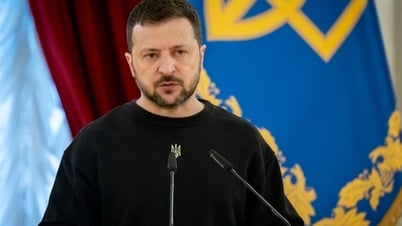

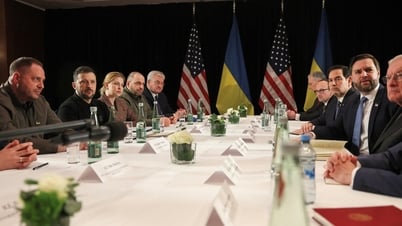





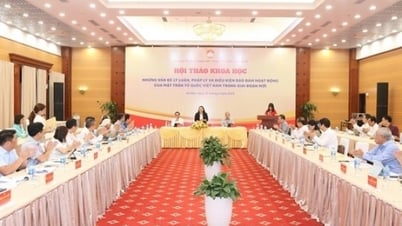


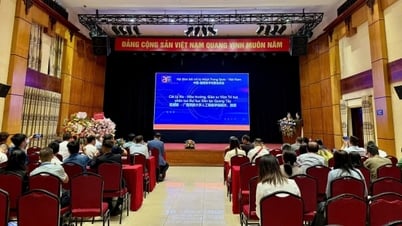
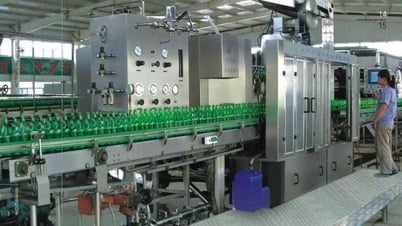







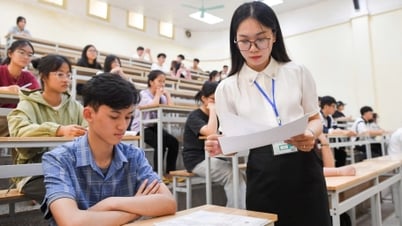
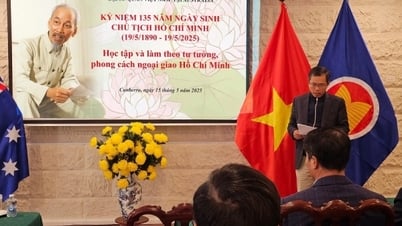
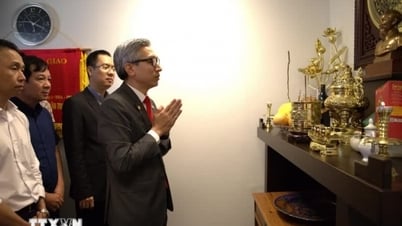
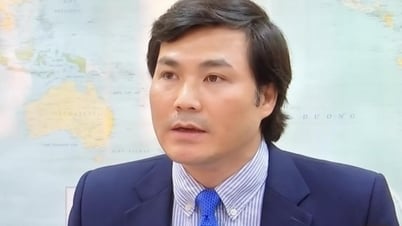

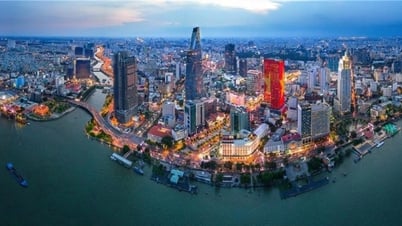
![[Photo] Nearly 3,000 students moved by stories about soldiers](https://vphoto.vietnam.vn/thumb/1200x675/vietnam/resource/IMAGE/2025/5/17/21da57c8241e42438b423eaa37215e0e)

























































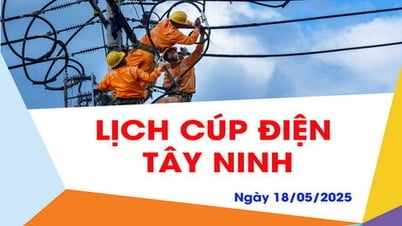












Comment (0)